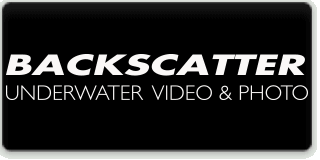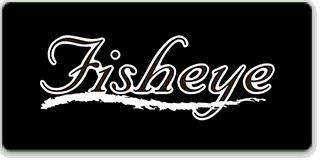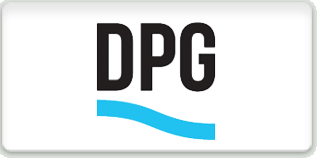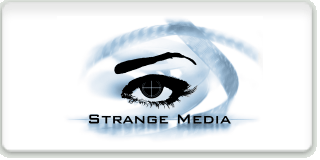GEAR TESTS: Canon 6D
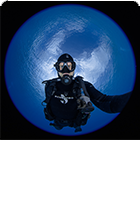 |
Jim Decker CEO 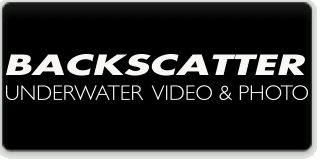 |
The most exciting thing about shooting this camera was using the new Sea & Sea MDX-6D housing with its built in electronic TTL control. It worked extremely well with the Sea & Sea YS-D1 strobes. Exposures were accurate most of the time, with results similar to other cameras shooting slave TTL. Challenging conditions such as shooting bright backgrounds in wide-angle fisheye lens shots worked great.
The biggest advantage to an electrical TTL system, as opposed to fiber optic TTL, is the shooting speed and recycle time. The fiber topic TTL uses the internal flash of the camera, which means you'll be waiting for the camera's flash to recycle before you can take your next shot. With electronic TTL, the system is connected to the camera's hot shoe. When shooting a fast recycling strobe like the YS-D1, the recycle time can be almost instantaneous, especially when shooting less than full power.
On the left side of the MDX-6D housing is a very easy fingertip access to the TTL control dial. On this dial you can adjust flash compensation up or down 2 stops in 1/3 stop increments. This was very useful to do flash bracketing. With the almost instant recycle time of the YS-D1 strobes, it's possible to fire the shutter, then turn the TTL dial and fire again without needing to look or move your hands away from the handle - much more convenient than reaching up to each strobe to adjust the output. You can also turn it to M for manual strobe operation. The last setting is OFF. There is an internal battery to power the electronics of the TTL system. The battery lasts about 36 hours of operation, so you want to make sure the system is off when not in use.
One disappointment is the flash sync speed of 1/180. This makes it hard to shoot sun balls and pull in bright backgrounds.
I didn't shoot too much in video mode on this trip. The video implementation is the same as on the 5D Mark III. It has the All-I compression format recording at about a 90 MB/s data rate. White balance is the typical of Canon, which is the best in the business for natural light underwater.
The Canon 6D is a compelling alternative to the 5D Mark III for those looking for a full frame SLR and can't afford the higher end price of the 5D Mark III.
READ MORE GEAR TESTS:

